The Roly-Poly Bug
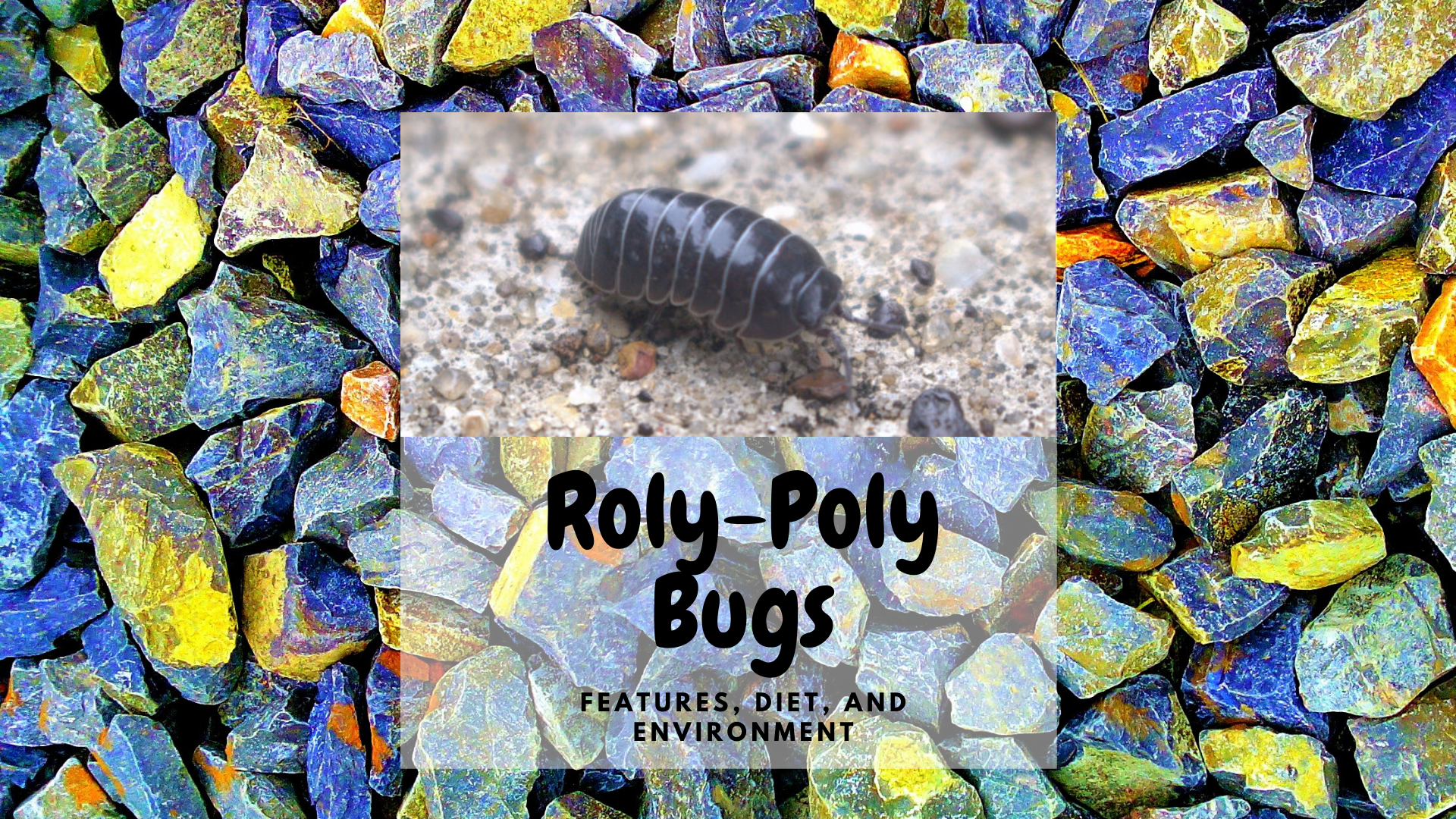
The Roly-Poly bug is how the Armadillidium vulgare is commonly known. But this well-known bug also goes by different names, including potato bug, pill-bug, doodlebug,…
Read more

The Roly-Poly bug is how the Armadillidium vulgare is commonly known. But this well-known bug also goes by different names, including potato bug, pill-bug, doodlebug,…
Read more

About a year ago there was some massive hype that giant pandas were taken off the endangered species list, but unfortunately, pandas are still very…
Read more

What are the factors of 36? If you remember any high school math then that question probably was not that hard (the answer is 1,…
Read more
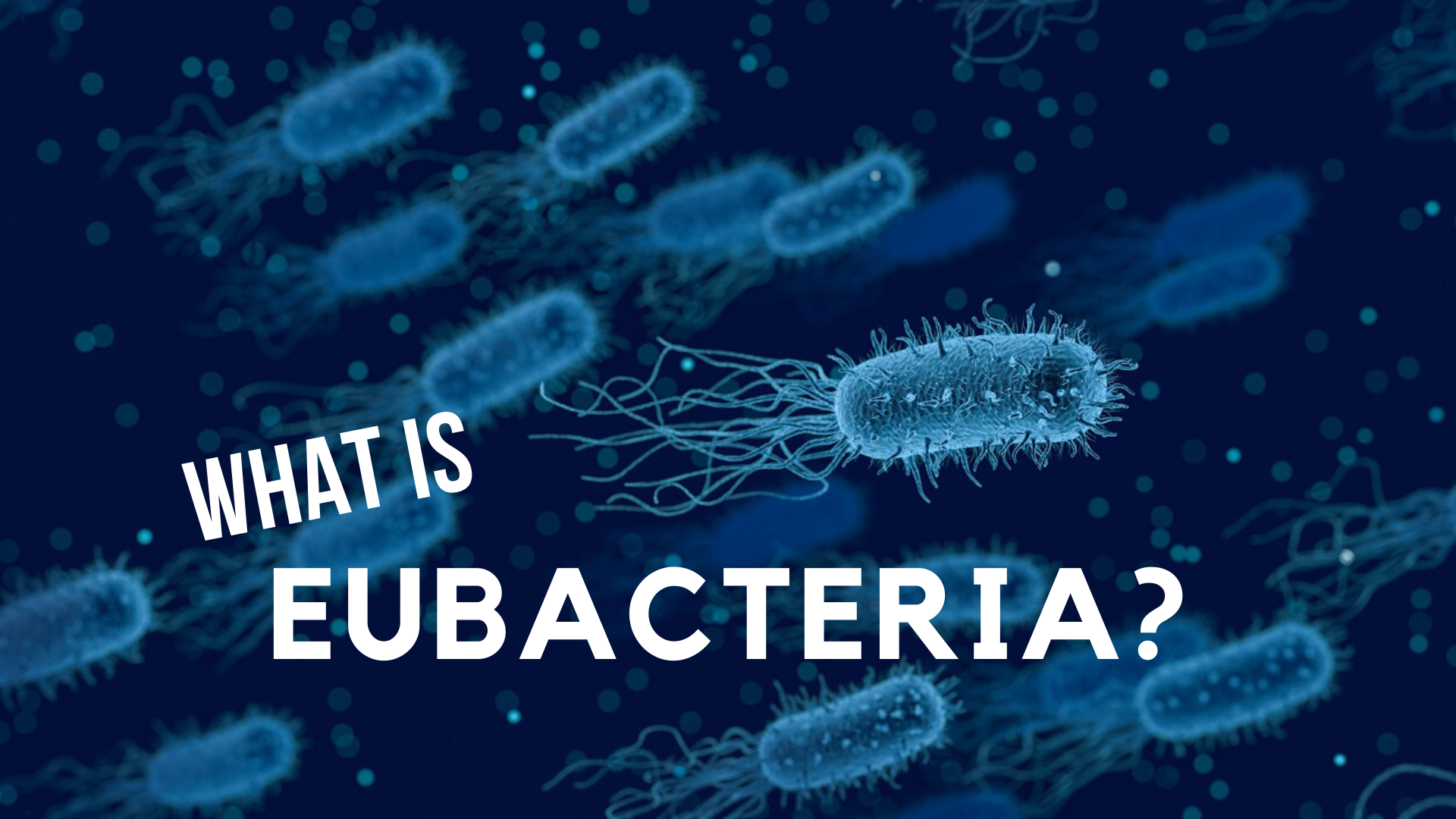
Some examples of eubacteria include Streptococcus pneumoniae, the bacteria responsible for strep throat; Yersinia pestis, thought to be the cause of the black death; E. coli, found in the intestines…
Read more
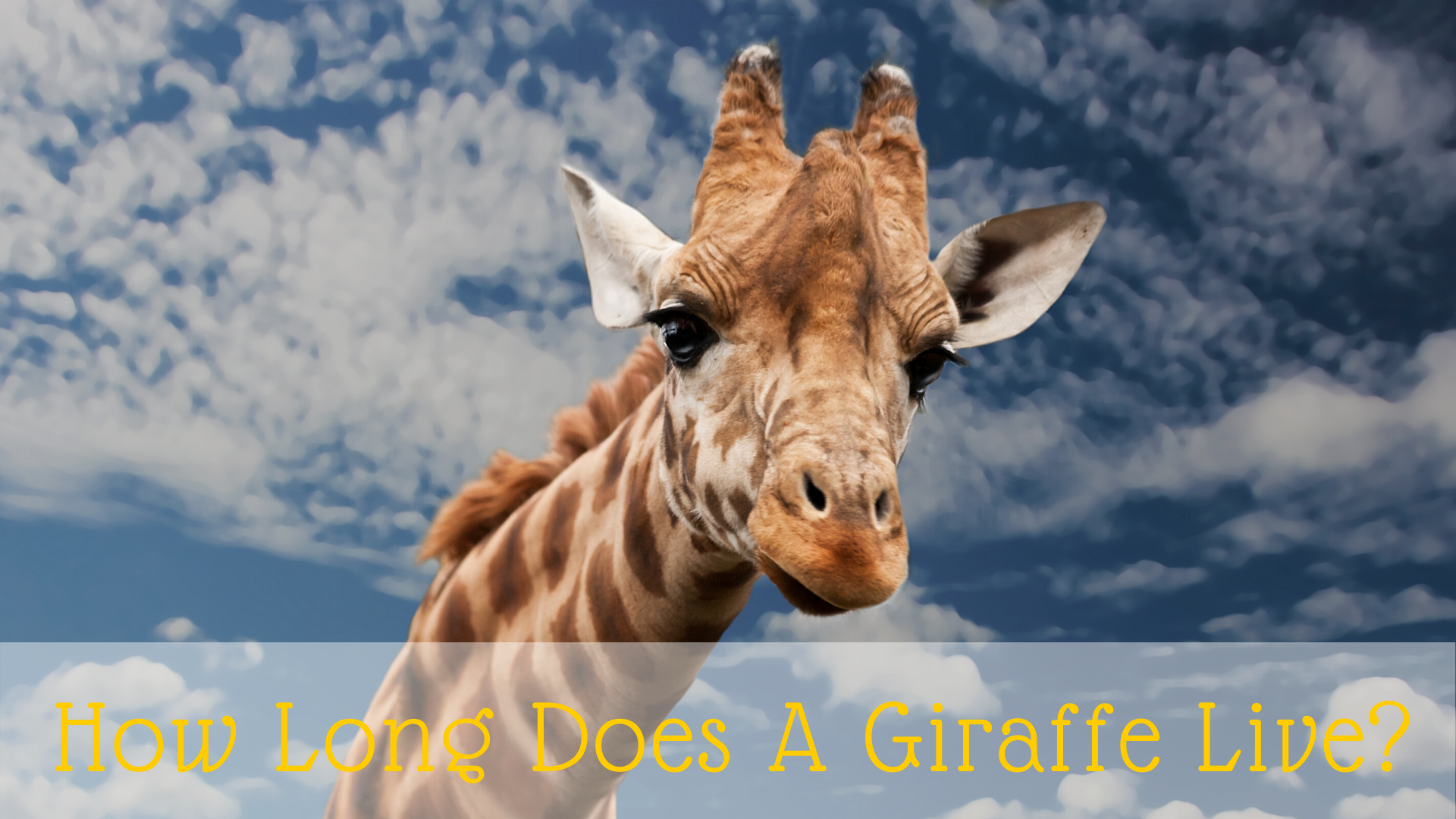
A giraffe can live quite a long time, averaging 20 to 25 years in the wild and 28 or more in captivity. A giraffe can…
Read more

Do you want to measure your intelligence? Are you intending to take an IQ test? You can prepare for the Mensa IQ test with a few…
Read more

The difference between an autotroph vs. heterotroph lies in the organism’s ability to either produce its own food or need to ingest food. Autotrophs, such…
Read more

The acceleration formula is one of the basic equations in physics, something you’ll want to make sure you study and practice. After all, acceleration is…
Read more
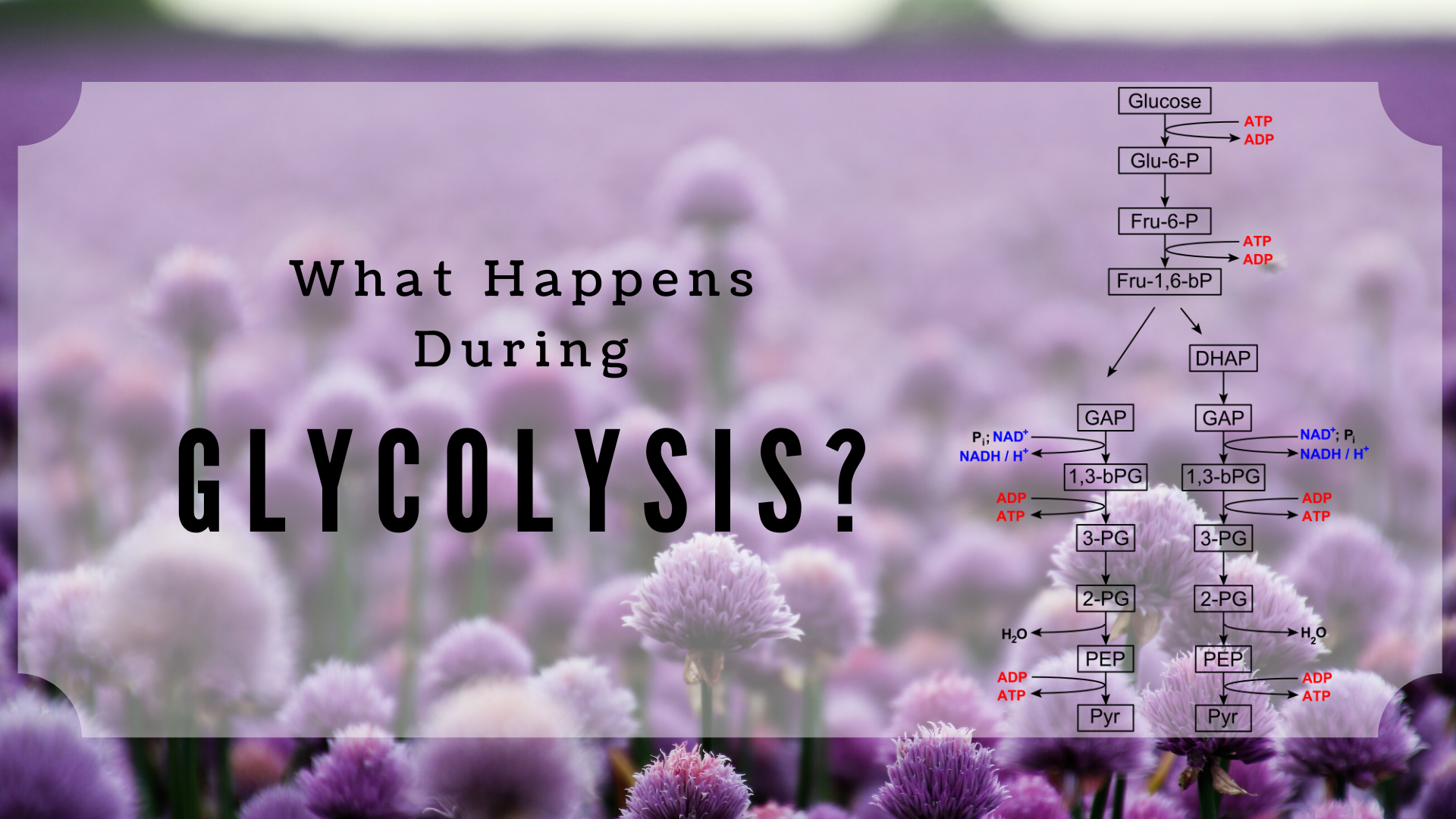
The end products of glycolysis are: pyruvic acid (pyruvate), adenosine triphosphate (ATP), reduced nicotinamide adenine dinucleotide (NADH), protons (hydrogen ions (H2+)), and water (H2O). “Life is like…
Read more
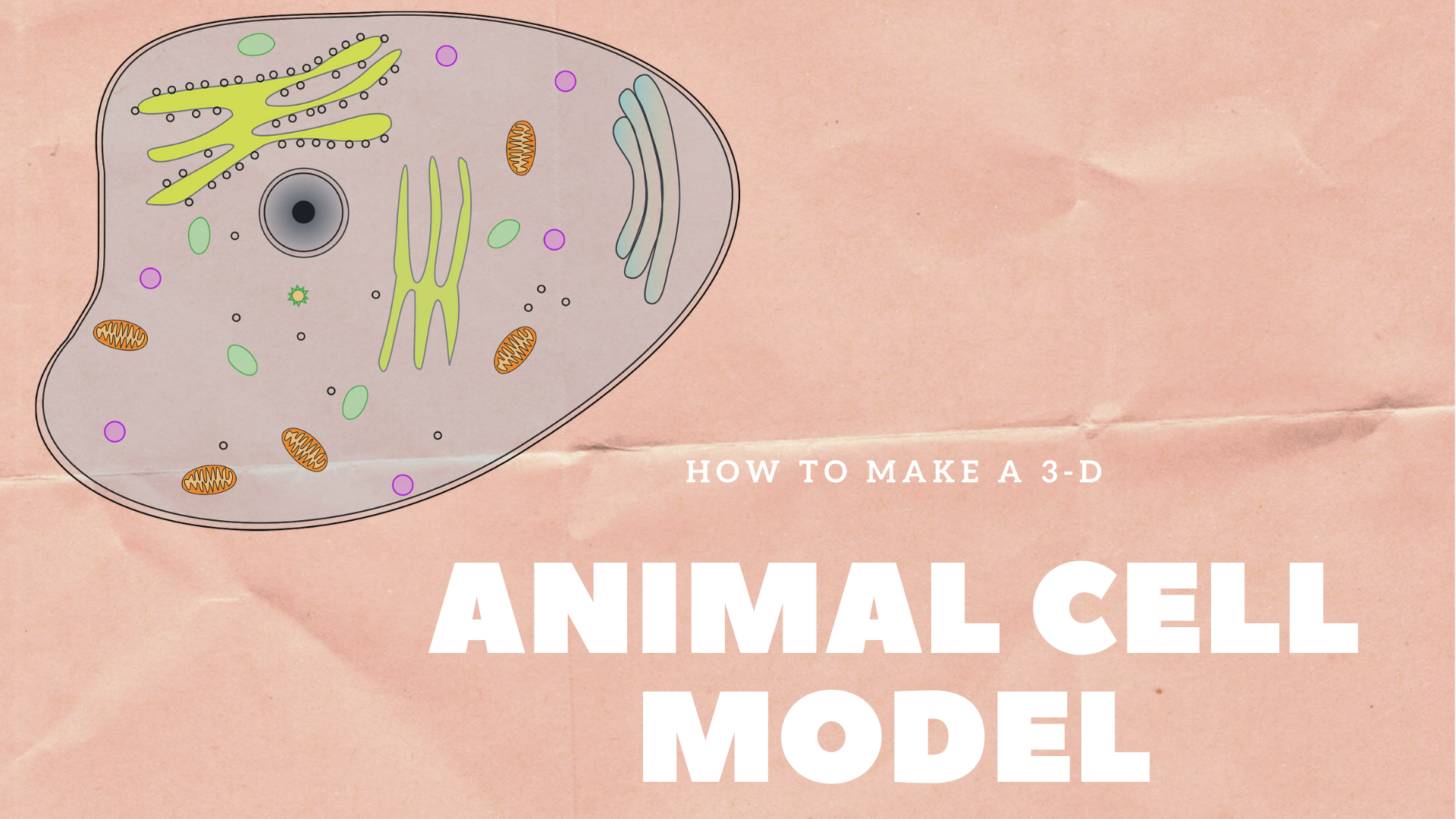
Creating a 3D animal cell project is a great way to model and familiarize yourself with all the various organelles that make up an animal cell….
Read more

The activity series of metals relates to the reactivity of metals; the order in which they react always from highest to lowest. The reactivity of…
Read more